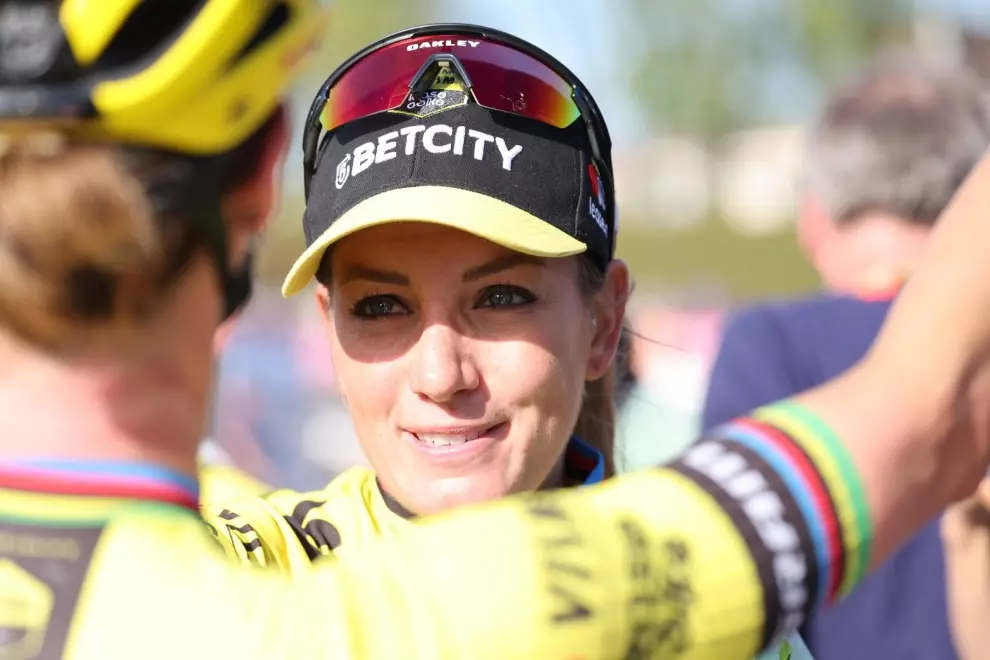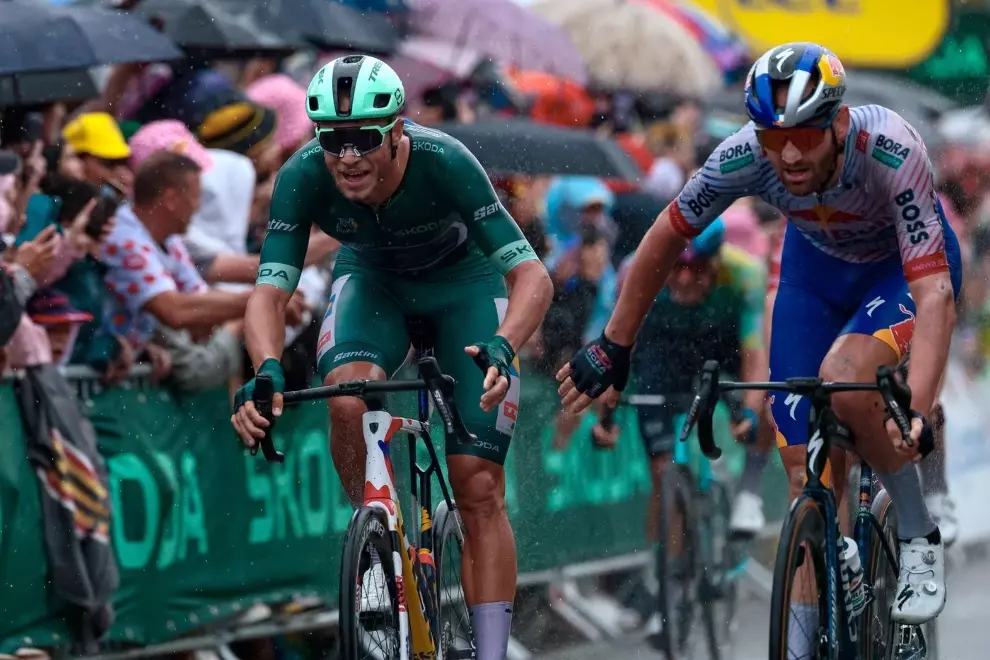While on the streets and in the mountains, your safety is predominantly your own problem and no one really cares all that much whether you crash or not, on the velodrome (where speeds are high and the only real way to stop fast is by hitting something with your bike and falling to the ground) your safety suddenly becomes important to everyone on the circuit. So, if by any chance we meet someday at the velodrome, here are ten things you should definitely NOT do while riding there.

1. Don’t go directly to the track
Going right from the door to the track is the first thing you should avoid. As tempting as it is to start your training session as soon as possible, first make sure your bike is up to the task. Check your tyres and make sure they are pumped up. Your chain tension must be exact since a harder chain may break but a looser one may fall. The outcome of both will be you, crashing face-first on the track. Generally, you need to check if everything on your bike is tightened and secure before going on the circuit.
2. Don’t enter the velodrome from the front straight
Most velodromes don’t give you much opportunity to choose where you go in and out of the circuit. However, if there is such a place, you should always go from the back straight (on the opposite side of the track from the finish line). The main point behind this rule is always to know where new riders may appear. Having newcomers enter from everywhere will only create chaos and ultimately endanger everyone.

3. Don’t turn right
When going on the track, you should know that turning right is strictly forbidden. You should always go counterclockwise, and the reason is… just because. It’s just how it’s done, and no one has questioned it for ages. So I don’t see the reason why you should do it right now. If you are the first one on the track, the worst thing that could happen is for someone to scold you. But if there are riders on the track already and you enter it with a right turn, you will create a scene many action flicks would love to use in their final cut.
4. Don’t ride the Cote d’Azur longer than necessary
The Cote d’Azur is the huge blue line that is at the very bottom of the track. It’s practically the edge of the racing track, and it’s the point where you enter and leave the velodrome. This means that speed there is lower, and it should be accessible at all times for riders who want to leave the track. Remember that track bikes have no brakes and stopping and leaving the velodrome is not as easy as you might think. So leaving enough space for those who are already exhausted is just common courtesy.

5. Don’t clog the red line
On the velodrome track, four lines go along the whole circuit. There is the Cote d’Azur, which we already mentioned, the black (or pole) line, the red (or sprint) or the blue (or stayers’) lines. Typically, the place between the red and the black lines is reserved for the riders that give their maximum effort. It’s the fast lane, and you should most certainly not ride casually there. If you ride slower, go above the stayers’ lane where you can warm up, cool down or just rest for a while. Also, don’t ride between the blue and the red line, since that is the place where all the lane changing happens, and some of the overtakes as well.
6. Don’t try to brake
Well, OK, if you want to, you can try but there are no brakes and for a good reason. Without brakes, you won’t be able to slam them and cause a massive crash behind you and, also, you don’t actually need them. All the corners are done, so you can take them at any speed you want. If you want to stop, you can’t do it abruptly. You need to slow your pace, shift your body weight to the back, and you will gently come to a complete stop.

7. Don’t stop pedalling
The freewheel is the best part of riding a bike on the road or with your trusted MTB. However, on the track, there is no such thing. The fixed wheel is a fundamental part of track cycling. It helps with keeping the momentum of the bike and transferring all your power to the bike. However, we are well aware of the urge to leave inertia carrying you for a while. If you attempt this on the track, though, you will learn quickly and painfully that track bikes don’t give you any freebies. Your rear wheel will jump over your head, and you will hit the floor faster than a steel balloon.
8. Don’t go under a crash
I do realize that’s not always an option but whenever it is, even if it means you will slow down your pace for a while, go above the crash. The geometry of the velodrome dictates that everyone who crashes will slide down to the bottom of the track (damn you, gravity). If you are caught by a sliding rider who has crashed in front of you, you can seriously injure them and most probably will hit the track face-first yourself. So, do everything in your power to pass crashes uphill.

9. Don’t be too slow
While going at a record pace is not necessary at the velodrome, keeping a moderate speed is. This is not etiquette but pure physics. Since slower riders are supposed to be higher on the track, that means that a minimum speed is needed so they don’t slide down. The minimum speed depends on the velodrome geometry and before entering the track, you should ask some of the coaches or the owner how fast you should go to be able to keep yourself on the track. If you can’t keep the minimum pace required to stay up there, you better go back to the Cote d’ Azure and gain some speed or, better yet, stop for a while and rest.
10. Don’t exit the track under high speed
Exiting the track is just as complicated as getting in. Stopping too fast is out of the question and getting beneath the Cote d’Azur under high speed is risky both for you (since the floor there is quite slippery and the corners are way too sharp) and the ones preparing to enter the track. To exit the velodrome, you first need to leave the sprint lane and climb to the stayers’ lane, there you can gradually slow down, and after you are at about 20km/h, you check if the lanes beneath you are free and you can go to the Cote d’Azur. There you will do one more lap where you will gradually slow down to about 5-7 km/h and when you are again at the back straight, you can come down from the Cote d’ Azur and come to a complete stop. Not an easy task, eh? Better to keep on pedalling.
Following these 10 Don’ts of the velodrome by the letter is not just a matter of good sportsmanship and etiquette but an absolute must if you wish to be safe and not cause harm to yourself or others.




